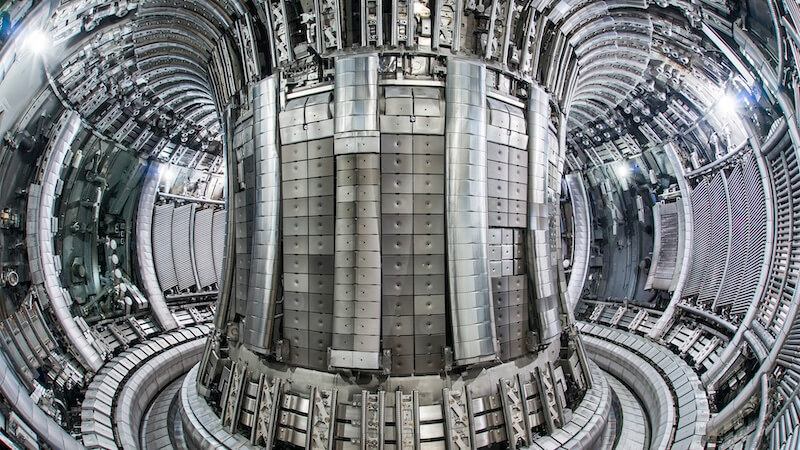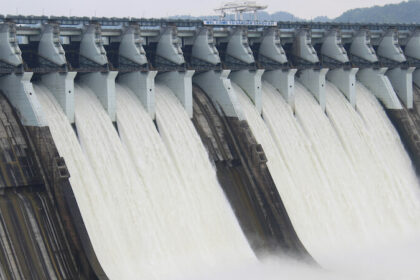Scientists from Europe have generated the largest amount of energy ever measured in nuclear fusion experiments in a research reactor. However, there is still a problem with magnetic fusion.
From which energy sources will we obtain our energy in the future? Previous forecasts have predicted strong growth in renewable energy sources. Nevertheless, one type of energy generation could solve all our problems: nuclear fusion. The Joint European Torus (JET), one of the world’s largest and most powerful fusion reactors, recently set a new world record for energy output.
This represents something of a milestone in the field of fusion science and technology. This is because in JET’s latest deuterium-tritium experiments, the facility continuously achieved high fusion power for five seconds, resulting in a record 69 megajoules with just 0.2 milligrams of fuel. JET is a tokamak reactor that uses magnetic fields to confine a plasma in a donut shape.
Energy record in nuclear fusion: over 300 scientists involved
Most nuclear fusion approaches are based on two hydrogen variants – deuterium and tritium. When these two fuse, they produce helium and enormous amounts of energy. This reaction could form the basis of future fusion power plants. The researchers involved speak of great progress in the underlying field of research. New knowledge about fusion physics is also emerging.
Over 300 scientists and engineers from EUROfusion, a consortium of researchers from all over Europe, took part in the experiments. The experiments took place on the premises of the UK Atomic Energy Authority (UKAEA) in Oxford and demonstrated how international cooperation in fusion physics can work efficiently.
JET forms the basis for many other international projects
The results consolidate JET’s central role in the further development of safe, low-carbon and sustainable fusion energy. The researchers completed the scientific operations at the end of December 2023. However, Professor Sir Ian Chapman, CEO of the UKAEA, noted that the results achieved at the facility will be felt as a legacy in all future power plants.
The research results from JET also form the basis for other projects. One example is ITER, a mega fusion research project that teams are currently building in the south of France. The British prototype power plant STEP, the European demonstration power plant DEMO and other global fusion projects could also be operated even more successfully based on the results.
As pleasing as the results appear to be, there is still a problem. So far, it has hardly been physically possible to achieve a large energy gain with magnetic fusion. It requires significantly larger fusion plants than JET. And even then, enormous temperatures and a high energy input are initially required to carry out fusion.
So far, the results are more theoretical records. A practical technology to efficiently implement the experiments in a nuclear fusion reactor does not yet exist.










